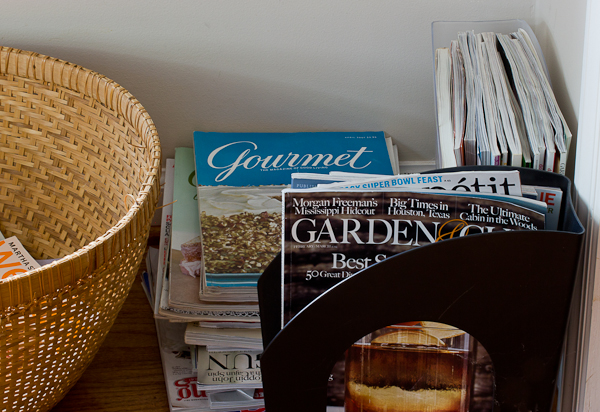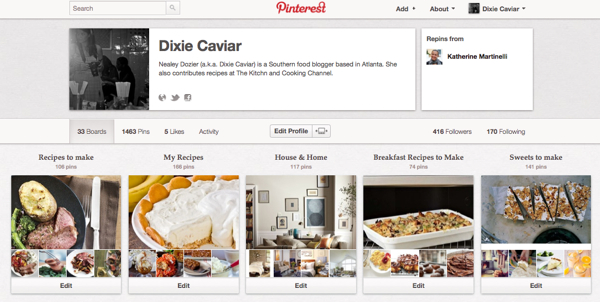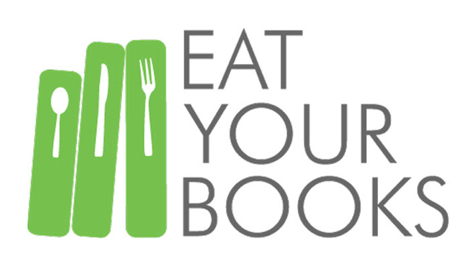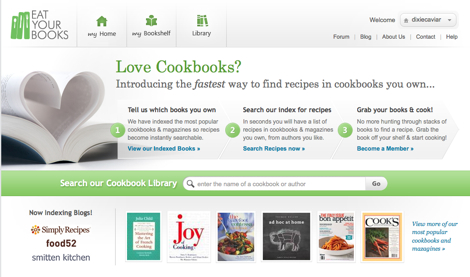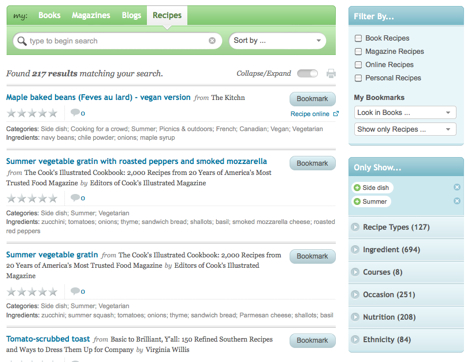For those of you who don't know me well, I am a full-fledged pizza junkie. I'm no snob, either—I don't care whether it's Pizzeria Mozza or Papa John's. Heck, I even like pepperoni bagel bites and hot pockets supreme. I've got no shame! But I personally think the best pizzas the ones that come straight from my own kitchen.
Walt has recently joined in on the action, so we've hosted a few pizza parties with our "most favorite" friends. (Read: people we are comfortable putting straight to work.) We've since become pretty knowledgeable on the subject and created some mighty fine flavors along the way. In fact, grilling pizzas is now our favorite reason to entertain!
Here are a few of my best PIZZA PARTY tips to help you throw your own:
1. Tools - Having the right equipment is half the battle. Arm yourself with a pizza stone, pizza peel, oven mitts, and cutting wheel. Dixie Caviar (highly!) recommends these:
Lodge Pro-Logic Pizza Pan: This is the mother of all pizza stones, and it's made by one of my favorite Southern companies. The cast iron surface gets piping hot and retains its heat, meaning a perfectly crisp crust every time.
Epicurean Pizza Peel: A peel is crucial to sliding pizzas off of counter tops and onto the stone. I fought getting one for the longest time, and after a single use couldn't believe I ever lived without it.
Silicone Quilted Oven Mitts: High temperatures are essential to good pizza, which equals extra protection if you are anything like me. I've road-tested a lot of oven mitts over the years, and these are my clear favorite.
OXO Pizza Wheel: A pizza wheel is good for a lot more than slicing pizza—I use mine for other things likes cutting doughs and pastries, and seem to find a new use for it almost every day.
Vintage Wood Paddle Board: Okay, this isn't really an essential, but it sure makes pizza—among other things—look pretty nice when served.
2. The menu - A pizza party shouldn't mean a lot of fuss. Have your guests contribute to the meal, whether it's an appetizer, salad fixings, or a bottle of wine. And just a word to the wise: be prepared for a big ol' mess. No matter how hard we try, Walt and I always manage to use up every pot, pan, and dish that we own. We have learned to accept this and you should too. Here's what to serve:
Drinks: Beer + pizza equals good times ahead. I highly recommend offering anything from 21st Amendment, a San Francisco microbrewery that is bringing back the can. (Fun fact: did you know that cans keep beer fresher AND are better for the environment? 21st Amendment does!) Stock Hell or High Watermelon wheat ale for the ladies and Back in Black IPA for the lads. Then let the games begin!
Appetizers: Since you are about to eat your weight in carbohydrates, keep the snacks to a minimum. Think spiced nuts, salumi, green goddess dip, bread sticks, and crudités. Now is not the time to fill up on junk food.
The pizza: When it comes time for the main event, delegate a few tasks to make the whole process easier. Assign friends to make cocktails, prep ingredients, or roll out the dough. Always prep any toppings in advance and group the bowls together on a sheet pan for each individual pizza—once things start moving there will be no time for hunting down the mozzarella. We typically make one large pizza at a time so that everyone can chow down together while another pizza cooks. Feel free to make mini pizzas though, and allow each guest to assemble his or her own ultimate pie.
The dough: When feeding a crowd, I'm a huge advocate of buying pre-made dough from your local grocery store: one ball for every two adults plus a couple more. If it is just a small group of two-four people, I'll go ahead and make a batch from scratch. I use a modified version of Frank Stitt's recipe, which tastes amazing and comes together in a snap. (I promise to post it here soon.)
The sauce: No need to purchase overpriced "pizza sauce." Just buy a large can of whole San Marzanos, and chop the tomatoes with kitchen shears directly in the can. Don't be afraid to think outside the box: prepared pesto and garlic-infused olive oil are also great choices for your pizza.
The essentials: No matter what flavors of pizza you plan on creating, there are a few ingredients you always need: shredded, low-moisture mozzarella (from the bag), fresh mozzarella for slicing, good-quality Parmesan to grate, and torn basil leaves. Don't forget to be generous with red pepper flakes, kosher salt, and ground black pepper.
Sides: Pizza doesn't really need a side per se, but a peppery arugula salad tossed with a lemon vinaigrette will take you pretty far. The greens add a nice dose of color to your plate and you can even throw 'em on your pizza if you're feeling crazy.
Desserts: A meal isn't finished until you sample something sweet, and in this case the dessert should be quick and easy. Häagen-Dazs ice cream bars + bourbon went over well at our last party, but strawberry sorbet or homemade chocolate chip cookies would be just as good I'm sure.
3. The flavors - We are always creating new ingredient combinations around here, with some more successful than others. Just let your imagination go wild. You never really know what is going to knock it out of the park. (Umm, SpaghettiO's with Meatballs pizza? Who knew!) Here are a few of our tried-and-true's:
The classic: Tomato sauce + pancetta + mozzarella + parmesan + red pepper flakes The Italian: Tomato sauce + chopped meatballs + mozzarella + parmesan + basil The Spicy Italian: Tomato sauce + spicy sausage + bell peppers + onions + mozzarella The Southern Q: Barbecue sauce + chicken + red onions + gouda + mozzarella The Garden: Olive oil + garlic + yellow squash + zucchini + goat cheese + parmesan The Cobb: Olive oil + garlic + corn + cherry tomatoes + goat cheese + parmesan
All this talk about pizza has given me a major craving—good thing Mellow Mushroom is just around the corner. Hopefully I've inspired you, too, to get outside and host a pizza party! It is such a great way to spend your summer nights, and it definitely beats delivery. Getting the hang of the assembly + production line can be a little tricky, but practice does indeed make perfect. And what better thing in this world is there to practice other than eating pizza? I can't think of much.
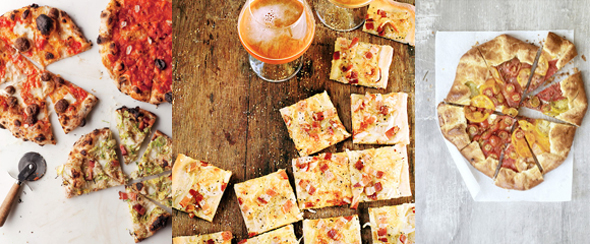 Image sources:
Row 1 - Martha Stewart, Martha Stewart, Martha Stewart
Row 2 - Green Wedding Shoes, Southern Living, Real Simple
Row 3 - Bon Appetit, Sunset, Ellen Silverman via SB Chic
Image sources:
Row 1 - Martha Stewart, Martha Stewart, Martha Stewart
Row 2 - Green Wedding Shoes, Southern Living, Real Simple
Row 3 - Bon Appetit, Sunset, Ellen Silverman via SB Chic




